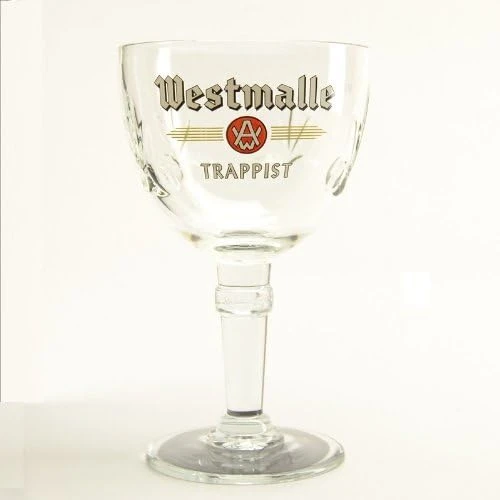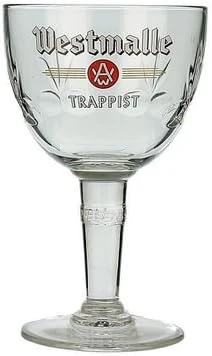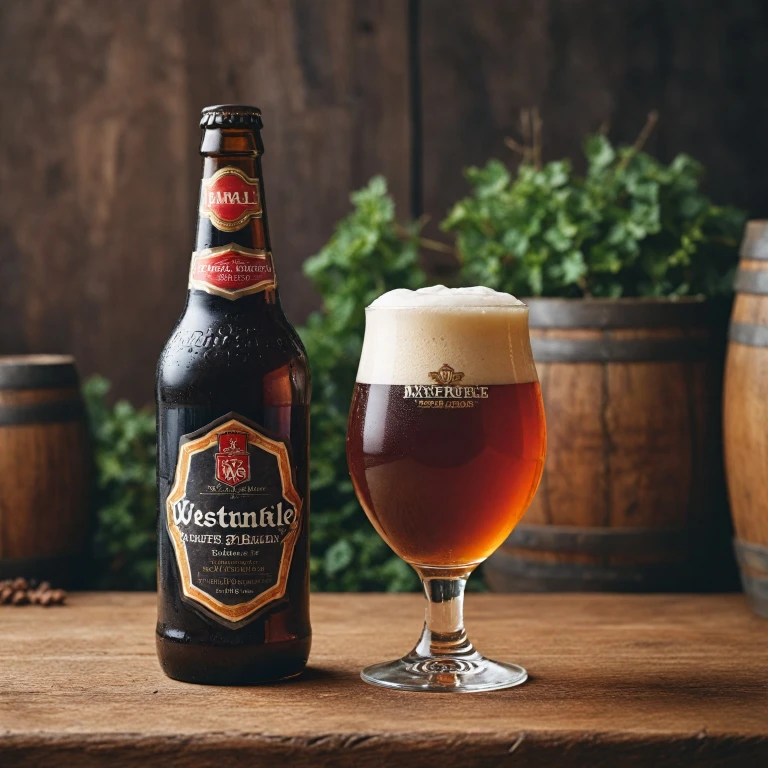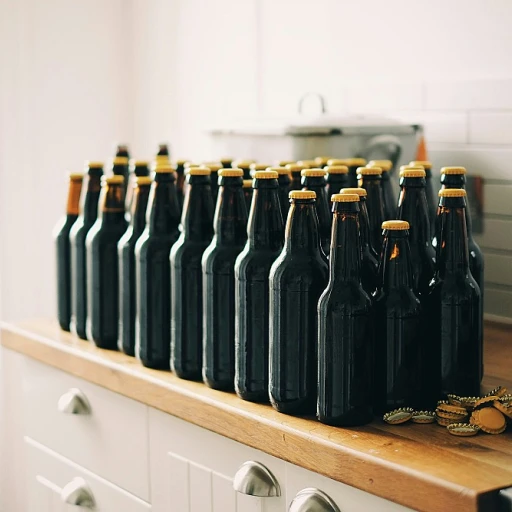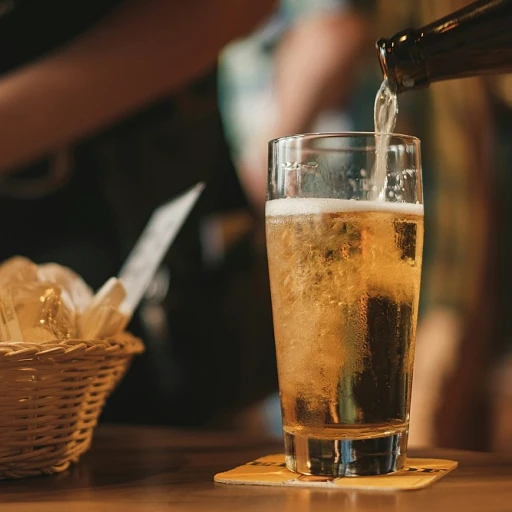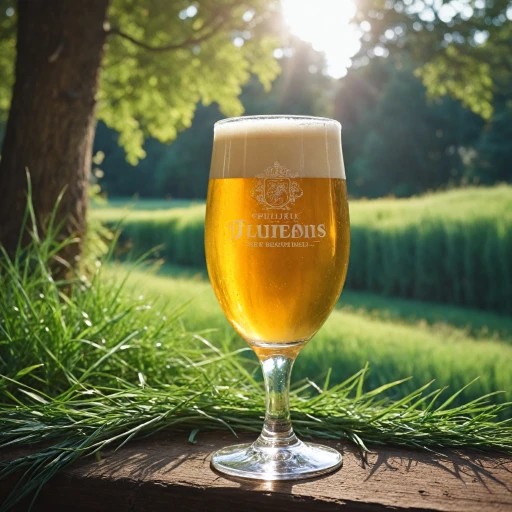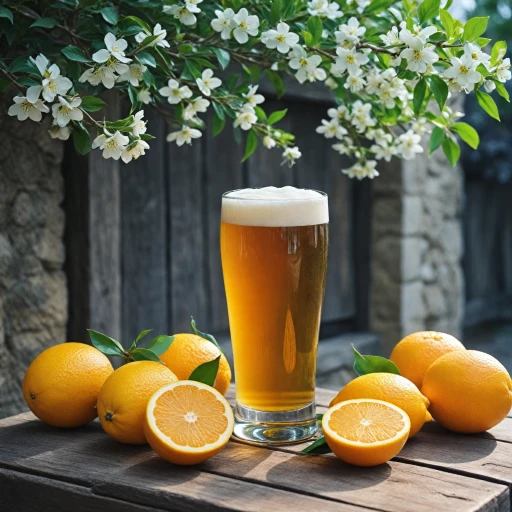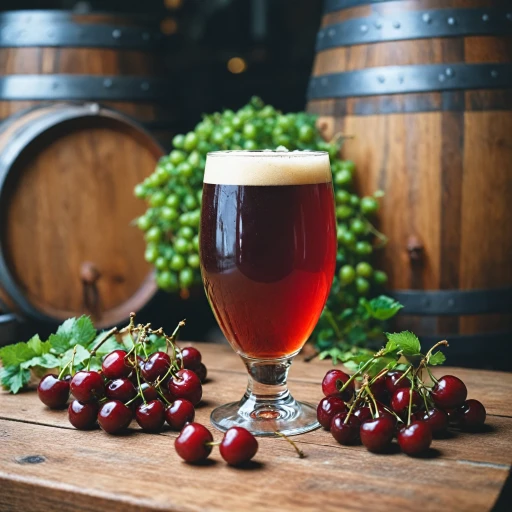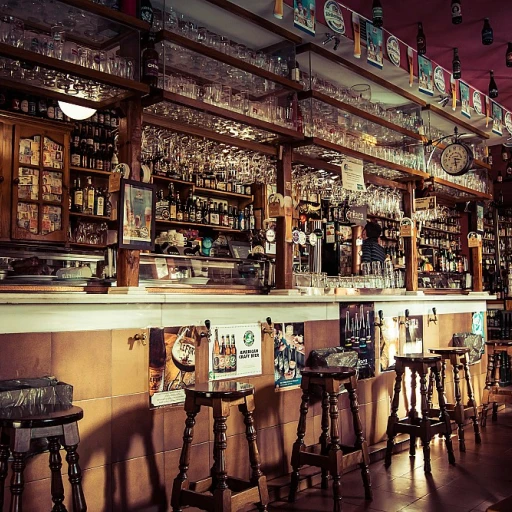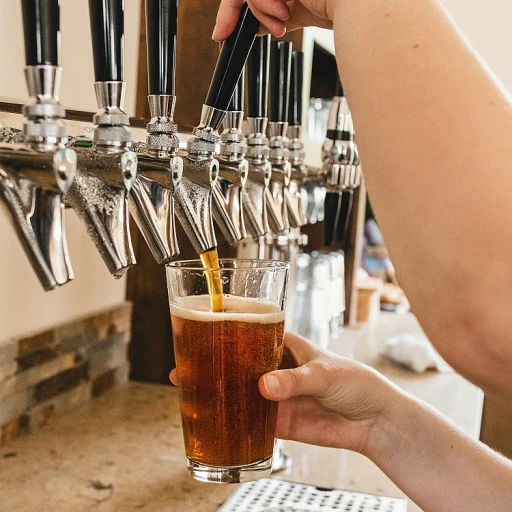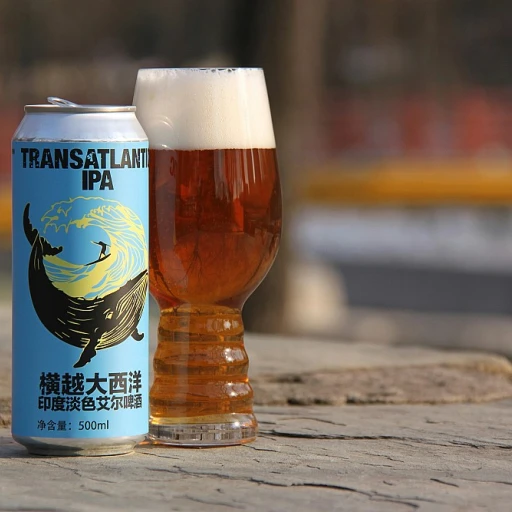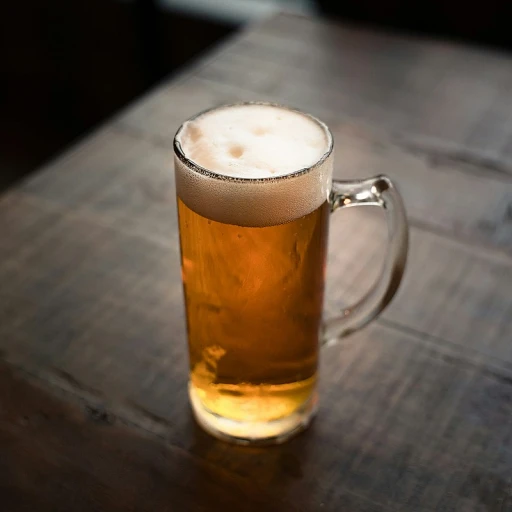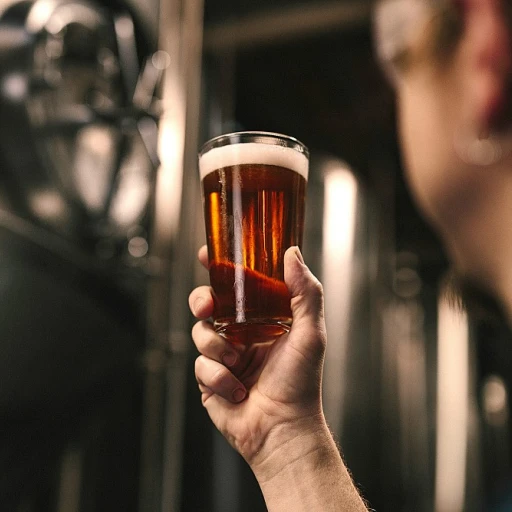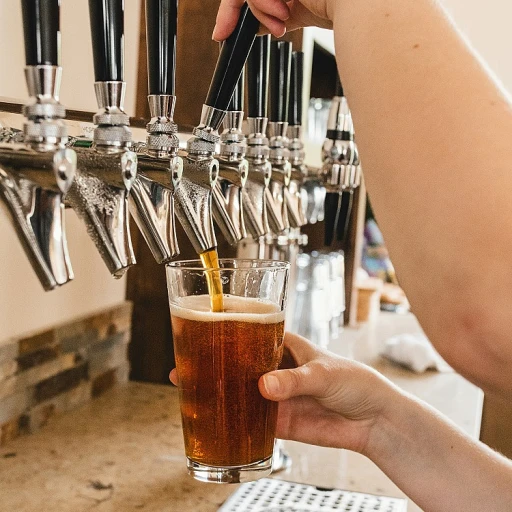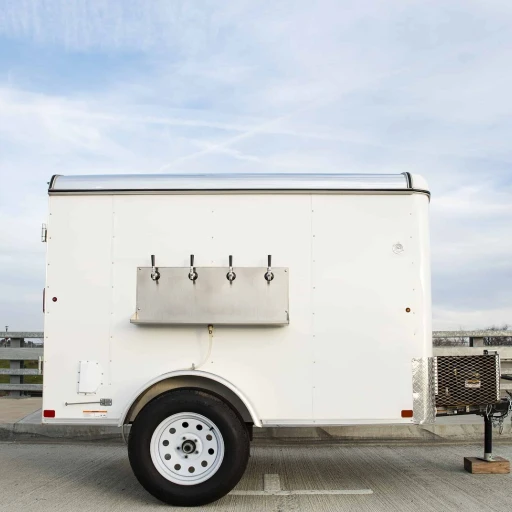
The History of Westmalle Dubbel
Origins and Traditions of Westmalle Dubbel
Westmalle Dubbel, a revered product of the Trappist Abbey of Westmalle in Belgium, has a rich historical backdrop that dates back centuries. The abbey was established by a community of monks who followed the Trappist principles, emphasizing a life of prayer and work. Brewing became a part of their self-sustaining practices, and it is within these sacred walls that Westmalle Dubbel emerged.
The creation of Westmalle Dubbel is anchored in both tradition and innovation, as the monks have continuously refined their brewing techniques over time. The double, or "dubbel," style is characterized by its robust malt profile, which has contributed to its widespread acclaim. The introduction of the dubbel style was a pivotal moment, not only for the abbey but also for the beer landscape, inspiring other breweries to explore rich, malty brews.
Westmalle's dedication to craftsmanship and quality has ensured that their dubbel remains a benchmark in the Belgian beer realm. The process is meticulous, from selecting the finest ingredients to adhering to traditional fermentation methods, culminating in a beer that is revered for both its complexity and accessibility. For beer aficionados, exploring the allure of a Grand Cru beer can offer insights into the subtleties that make Belgian beers so valued.
Tasting Notes: What Makes Westmalle Dubbel Unique
A Symphony of Flavors and Aromas
Westmalle Dubbel is known for its alluring combination of flavors and aromas that make it stand apart from other beers. Pouring a deep reddish-brown color with a frothy, off-white head, this brew captivates right from the first glance. The aroma is a delightful mix of dark fruits, including raisins and plums, with subtle notes of caramel and spice. On the palate, these elements come together to create a harmonious balance. The initial taste is sweet and malty, with the fruity notes becoming more prominent as the beer warms up. There's a distinct yeast character that provides a hint of clove-like spiciness, adding complexity to each sip. The mouthfeel of Westmalle Dubbel is relatively full-bodied, yet it maintains a smooth and creamy texture that invites a pleasant drinking experience. A gentle carbonation complements the rich flavors without overpowering them, making it both refreshing and satisfying. For those interested in exploring more Trappist and abbey-style beers, you might find comparing Westmalle Dubbel with other options like St. Bernardus particularly enlightening. These beers offer unique profiles yet share a rich heritage and dedication to quality, making them favorites among beer enthusiasts.The Role of Monks in Brewing Westmalle Dubbel
The Influence of Monastic Tradition in Westmalle Dubbel Brewing
The creation and perfection of Westmalle Dubbel are deeply rooted in the religious and historical backdrop of Trappist monks. These monks have been meticulously dedicated to brewing, making sure that every batch adheres to the time-honored traditions and methodologies passed down through generations.
The monastic lifestyle, centered around self-sustainability and simplicity, seamlessly translates into the brewing process. The monks are directly involved in the production, ensuring that their beer is crafted with utmost care and precision. Their knowledge and techniques contribute significantly to the quality and authenticity of Westmalle Dubbel.
Within the confines of the monastery, brewing is more than just a craft; it is a way to uphold community values and support the monastery's operations. The reverence towards brewing is evident in the attention to detail and use of traditional methods, which the monks have honed over centuries.
The role of monks in the beer-making process is not merely functional, but also spiritual. Their dedication to brewing techniques and quality reflects their commitment to preserving the authenticity of Trappist beers. This dedication ensures that when you savor a glass of Westmalle Dubbel, you're not just tasting a well-crafted beer, but also the rich heritage and solid tradition embedded within it.
If you're intrigued by how monks bring their brewing philosophies to life, you might also enjoy delving into the intricate world of American wild ales, highlighting a different style borne from rich traditions.
Buying and Enjoying Westmalle Dubbel
Purchasing and Enjoyment Tips
When it comes to buying a bottle of Westmalle Dubbel, you will want to ensure you are acquiring it from a reputable source to guarantee its freshness and authenticity. Look for specialty beer retailers or well-stocked liquor stores that have a strong selection of Belgian beers. Purchasing from a shop with knowledgeable staff can enhance the experience, as they can provide background information and advice. Once you have your Westmalle Dubbel, the enjoyment begins. Here are some tips to ensure you savor every moment:- Glassware: Serve your Dubbel in a chalice glass. This shape helps to enhance the rich aroma and allows the beer's creamy head to develop beautifully.
- Temperature: To truly appreciate the complex flavors, serve your Dubbel at a slightly cooler temperature than room temperature, ideally between 50-55°F (10-13°C).
- Savor Slowly: This beer is best enjoyed slowly, giving the intricate flavors time to unfold, much like the rich notes of our Delirium Noel blog post.
Comparing Westmalle Dubbel to Other Trappist Beers
How Westmalle Dubbel Stands Apart from Other Trappist Brews
Westmalle Dubbel is a standout in the world of Trappist beers, which are brewed by monks following traditional methods. While all Trappist beers share a certain devotion to quality and craftsmanship, subtle differences set them apart, allowing beer enthusiasts to savor the unique qualities each one offers.
When comparing Westmalle Dubbel to other Trappist beers, one significant distinction is its flavor profile. Unlike some of its counterparts, Westmalle Dubbel embraces a rich, deep mahogany color with a pronounced complexity, balancing sweet, caramel malt notes with hints of dark fruit. This combination creates a full-bodied and robust taste that tantalizes the palate.
The Westmalle Dubbel's yeast character also plays a crucial role, imparting aromatic notes of spice and a slight earthiness that contribute to its uniqueness. The carbonation, often described as lively, offers a refreshing contrast to the richness of the malt and a slightly dry finish.
Comparing it to other Trappist brews like Chimay Red or La Trappe Dubbel, you'll notice that Westmalle Dubbel has its own distinct identity. Chimay Red might offer a softer, fruitier undertone, while La Trappe Dubbel may present a sweeter aroma with slightly different hops. Each has its devoted following, but Westmalle Dubbel’s experience is often highlighted by those creamy head retention and distinctive taste.
Exploring various Trappist beers can open your taste buds to a world of diverse flavors. While Westmalle Dubbel might be your gateway into this divine domain, others like Orval—with its use of Brettanomyces yeast—or the sweeter Rochefort 8 can offer different yet equally satisfying profiles worth sipping and savoring.


